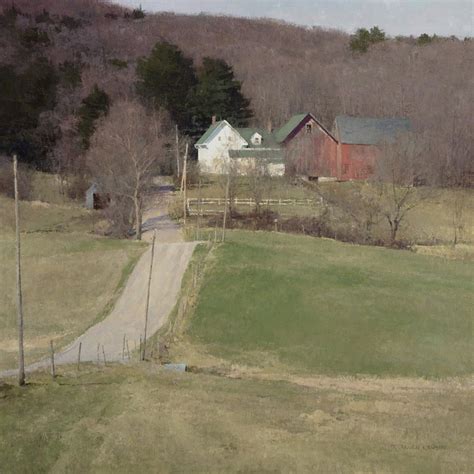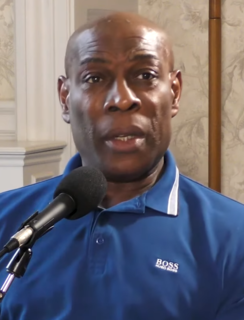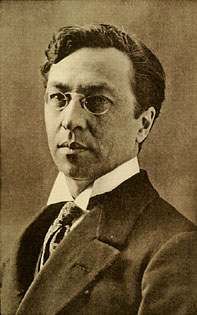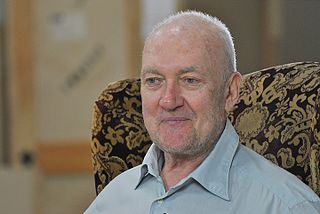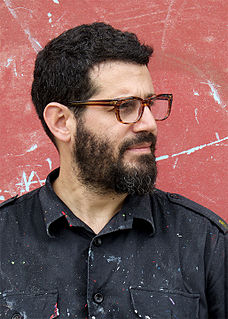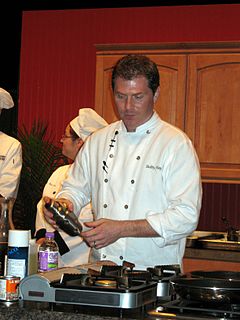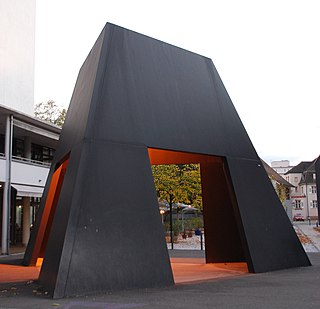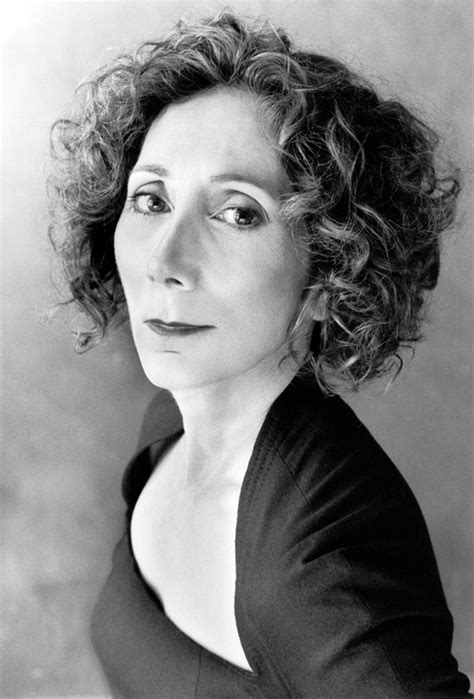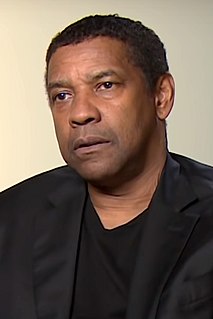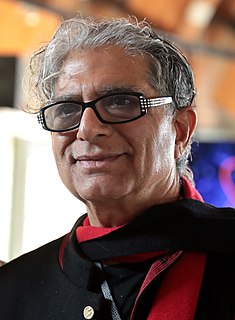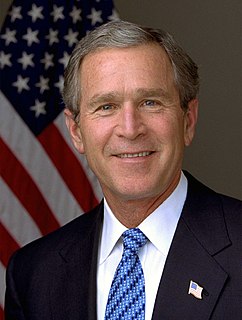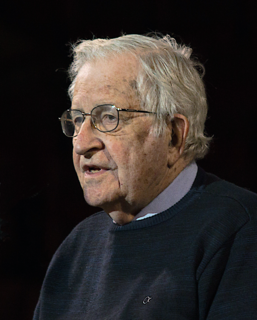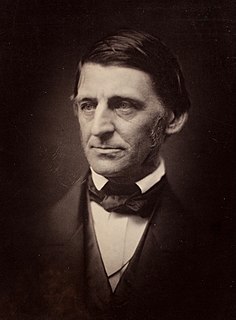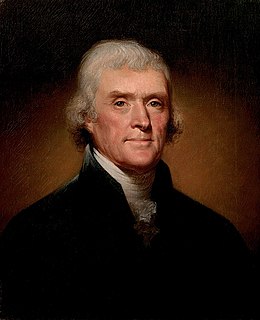A Quote by T. Allen Lawson
I've started to experiment [in the studio] with texturing the canvas, building up the surface with large brushes, palette knife or fingers. I want to say more in my art.
Related Quotes
I work on stretched linen canvas, sized so that the surface already has a sense of tension when I begin. It is a very rich and reactive surface. I begin by drawing on the canvas with a kind of loose line, very simply and freely. I paint very thinly, which allows me to change the drawing if I want to.
To see the butcher slap the steak before he laid it on the block, and give his knife a sharpening, was to forget breakfast instantly. It was agreeable too - it really was - to see him cut it off so smooth and juicy. There was nothing savage in the act, although the knife was large and keen; it was a piece of art, high art; there was delicacy of touch, clearness of tone, skilful handling of the subject, fine shading. It was the triumph of mind over matter; quite.
The challenge of yoga is to go beyond our limits - within reason. We continually expand the frame of the mind by using the canvas of the body. It is as if you were to stretch a canvas more and create a larger surface for a painting. But we must respect the present form of our body. If you pull too much at once, we will rip the canvas. If the practice of today damages the practice of tomorrow, it is not correct practice.
